10 Ways Your Landscaping Might Be Breaking HOA Rules
HOAs can be strict—especially when it comes to how your yard looks. While some rules are obvious, others are buried in fine print that most folks don’t notice until they get a warning letter in the mail. A few landscaping choices that seem harmless can land you in trouble fast.
If you live in a neighborhood with an HOA, it’s worth double-checking your plans before you dig, plant, or build. These are some of the most common ways people unintentionally break the rules.
Adding a Fence Without Approval

Even if your yard could really use a fence for privacy or pets, putting one up without written HOA approval is usually a violation. Most HOAs have strict guidelines on fence height, materials, and placement. You might be required to use a specific color or design that matches the neighborhood. Skipping the paperwork can lead to fines—or being forced to take it down.
Planting Trees Too Close to Property Lines
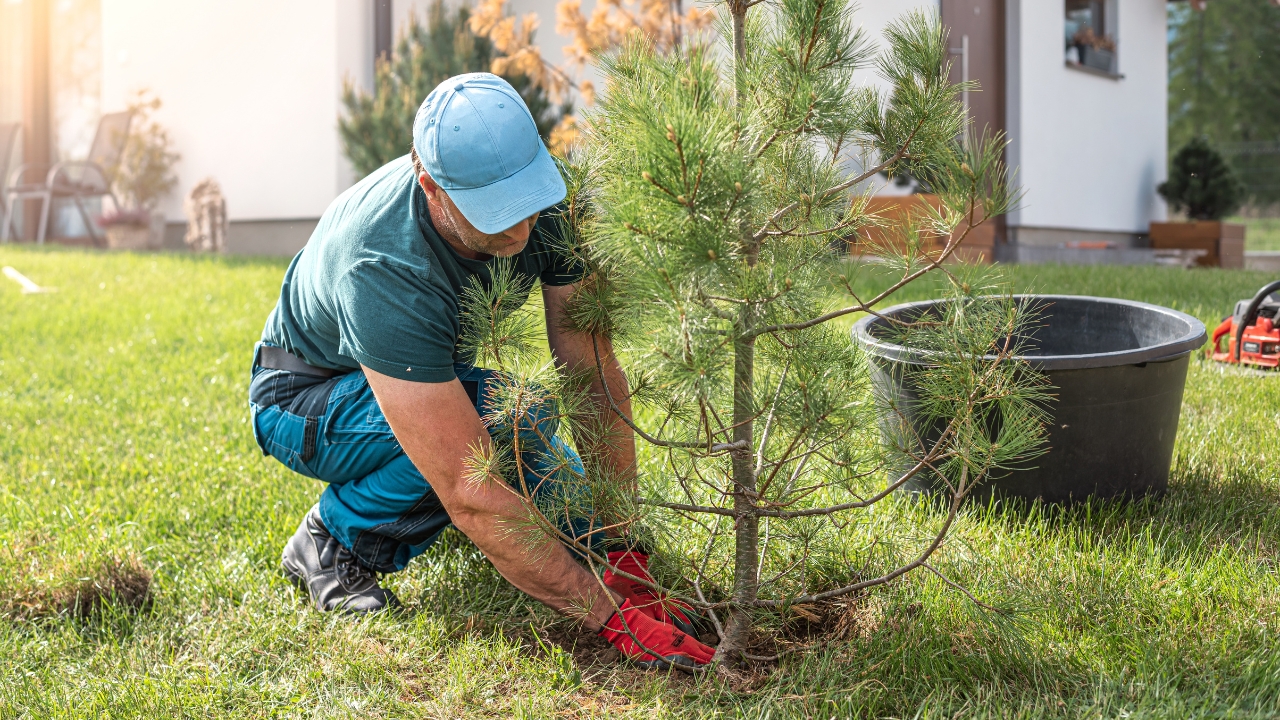
Some HOAs have rules about where you can plant trees, especially near sidewalks or neighboring lots. If your tree ends up blocking a view, dropping leaves in someone else’s yard, or threatening underground lines, you might be asked to remove it. Even if it’s on your property, placement matters, and planting too close to the edge can get flagged.
Installing Artificial Turf Without Approval
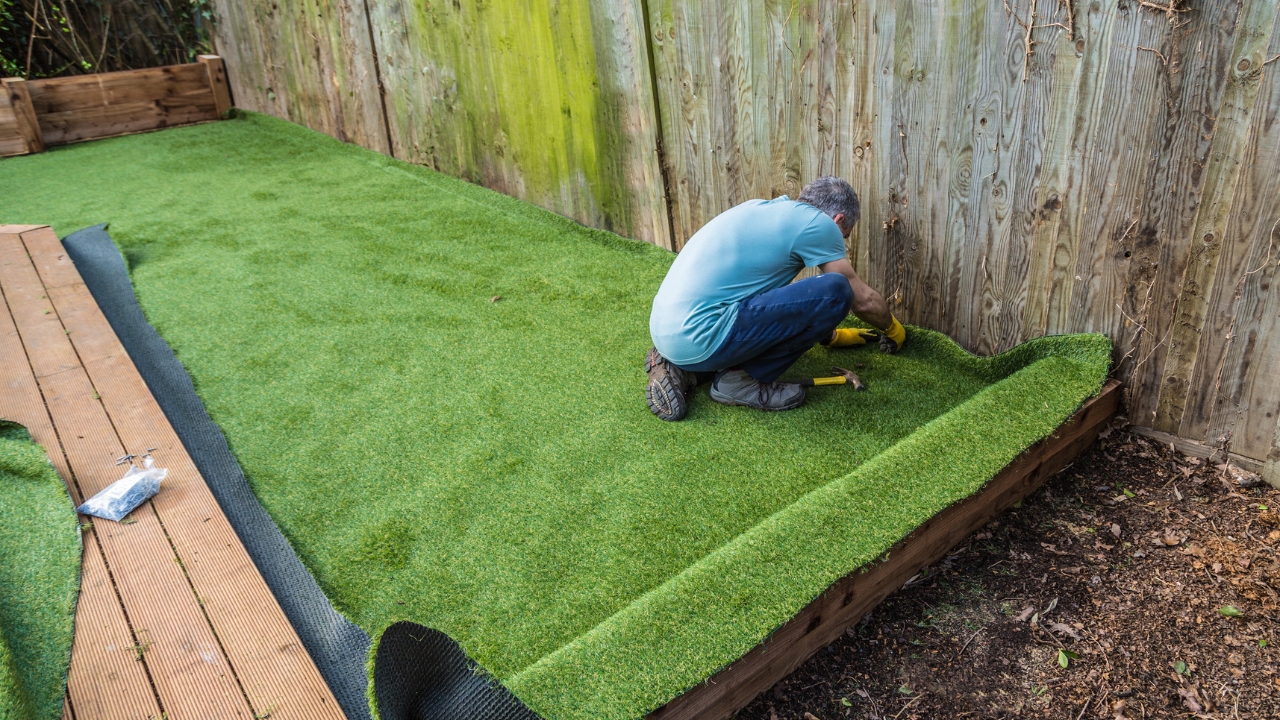
Artificial turf is popular in areas with water restrictions, but many HOAs still want to keep a natural look. If your neighborhood doesn’t allow synthetic lawns—or only allows specific types—installing turf without checking can be a problem. Even if you think it looks neat and tidy, they might require you to replace it with approved landscaping.
Using Unapproved Mulch or Rock Colors

Believe it or not, your HOA might regulate the color of your mulch or landscaping rock. Bright red mulch or white gravel might not be allowed, especially if it clashes with the neighborhood’s overall look. Most rules favor neutral tones, so if you’re trying something eye-catching, it’s best to run it by the board first.
Letting Grass Get Too Long or Patchy
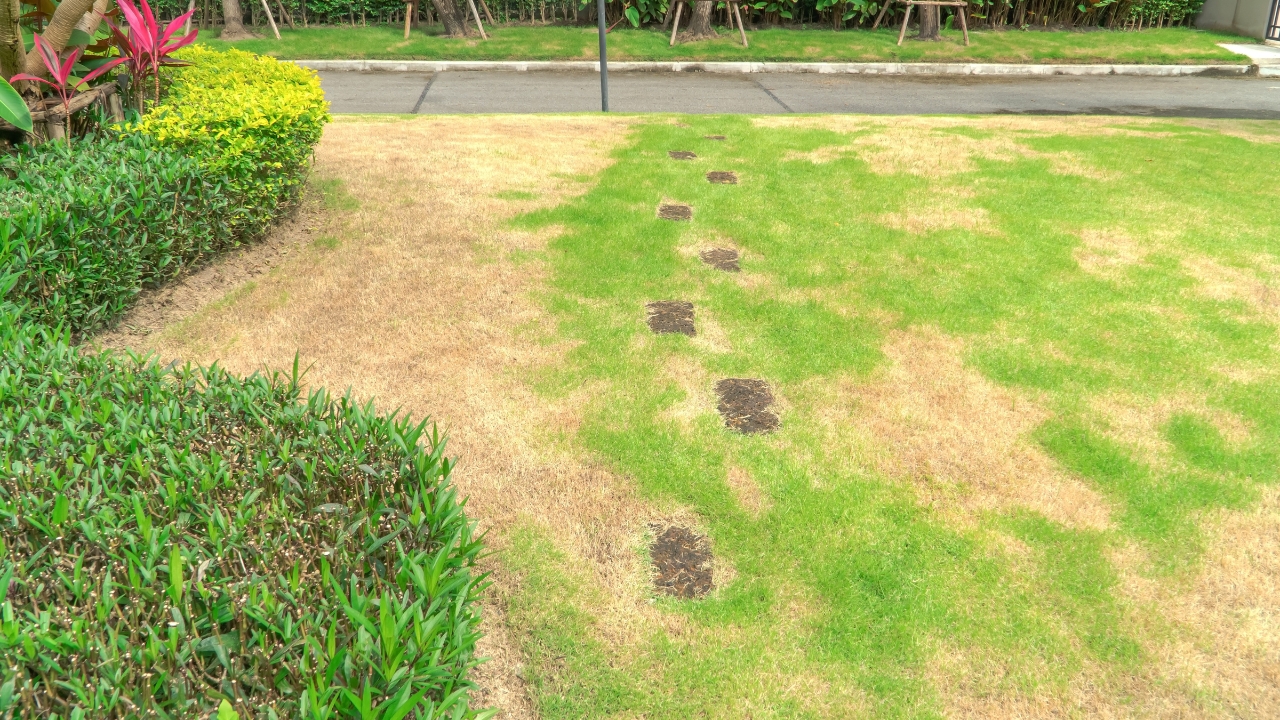
HOAs are big on curb appeal, and overgrown or neglected grass is one of the fastest ways to get a warning. Some associations have a set height limit for lawns, and if yours gets too long or starts dying off in patches, you could get hit with a violation. Consistent mowing and watering usually keep you in the clear.
Building Garden Beds or Edging Without Permission

Raised beds, stone borders, or metal edging might seem minor, but many HOAs require approval for any permanent changes to your yard’s layout. If the materials don’t match what’s commonly used or the shape changes the look of the front yard, it could be flagged. Always check before adding anything that alters the landscape’s structure.
Decorating With Too Many Lawn Ornaments

A few tasteful decorations are usually fine, but HOAs often limit how many items you can place in your yard. That includes statues, flags, fountains, or even garden gnomes. If your yard starts to look cluttered or the items don’t match the neighborhood style, you could get a notice to remove them.
Planting Invasive or Banned Species

Some HOAs (and even local governments) have banned certain plants that spread aggressively or pose safety issues. Bamboo, certain types of ivy, and fast-growing trees like Bradford pears are often on the list. If you plant one of these and it starts causing problems, you could be responsible for removing it—even if it was approved years ago.
Failing to Keep Up With Weed Control
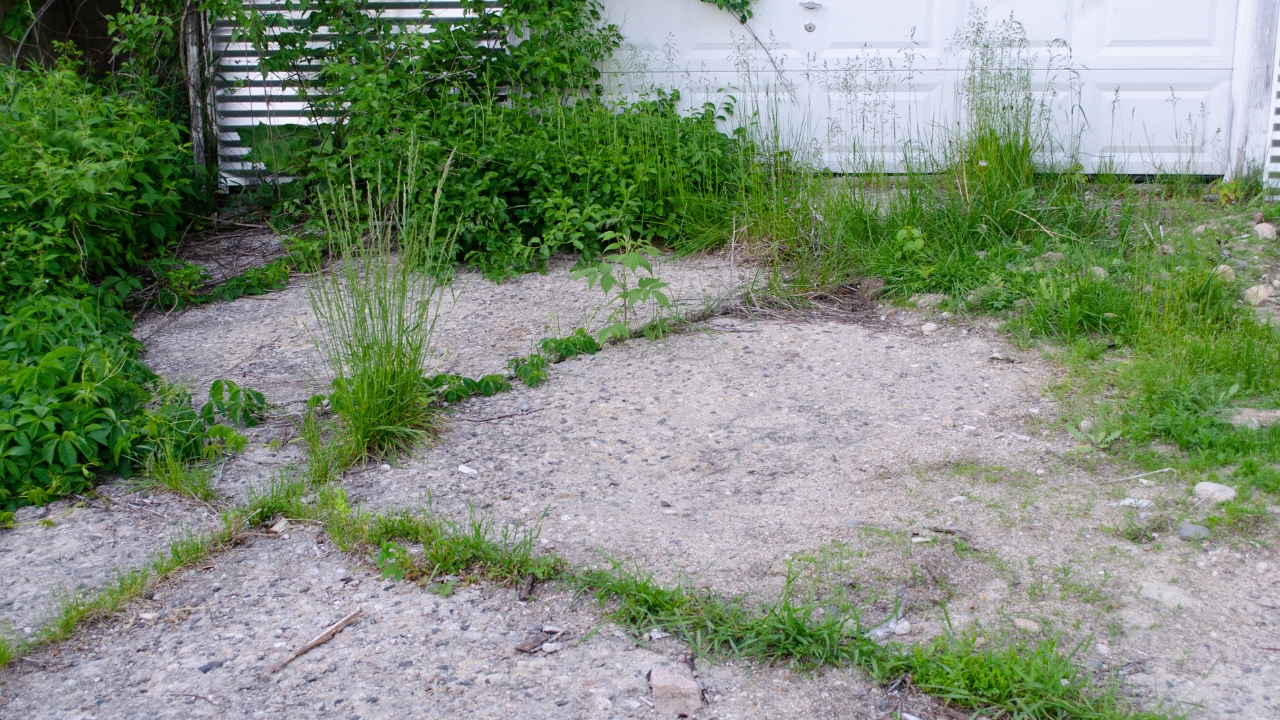
A few weeds might not seem like a big deal, but some HOAs are quick to flag overgrowth. If your flower beds, lawn edges, or cracks in your driveway start sprouting weeds, it can hurt the overall look of the neighborhood. Regular maintenance helps keep things looking tidy—and keeps you off the radar.
Skipping the Architectural Request Process
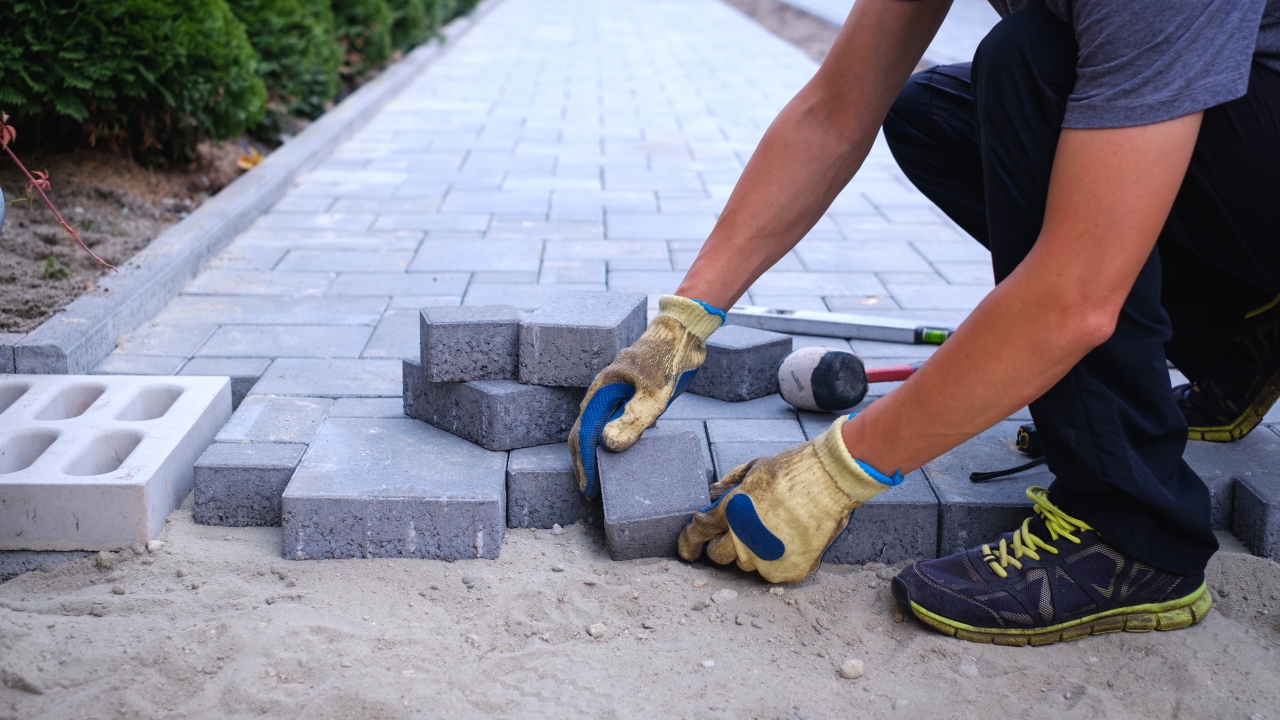
Any big changes—like putting in a patio, walkway, retaining wall, or new landscaping layout—usually require an official request to the HOA’s architectural committee. Even if it’s technically on your property, skipping that step can get you in trouble. They might want to review your plans for drainage, appearance, or how it impacts surrounding homes.
*This article was developed with AI-powered tools and has been carefully reviewed by our editors.







